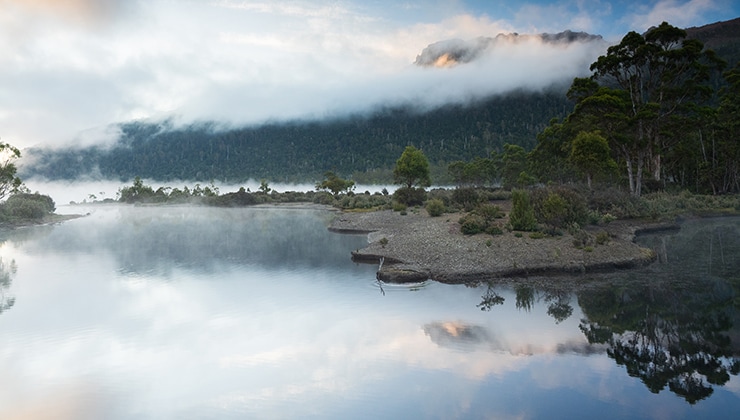| Scheduled Sailing | Check-in | Estimated | Estimated | |||
|---|---|---|---|---|---|---|
| Opens | Closes | Departure | Arrival | |||
|
Delayed Cancelled |
|
|
|
|
|
|
| Scheduled Sailing | Check-in Opens - Closes |
Estimated Departure | Estimated Arrival | ||
|---|---|---|---|---|---|
|
Delayed Cancelled |
|
|
|
|










